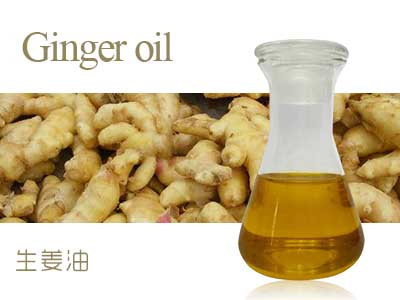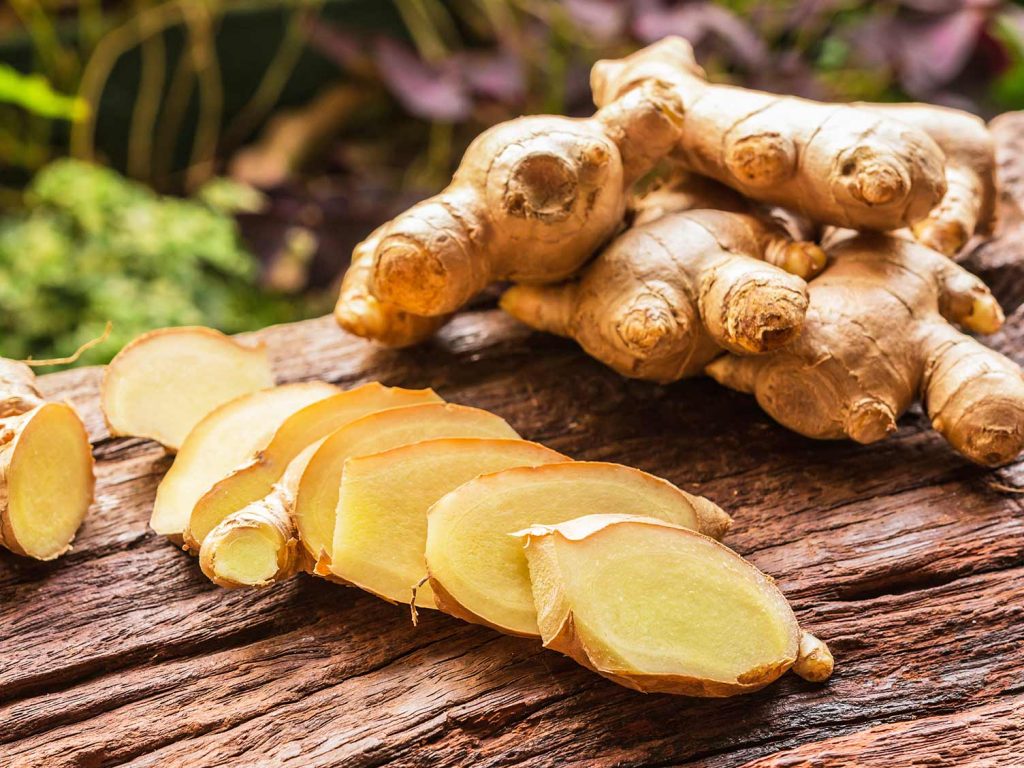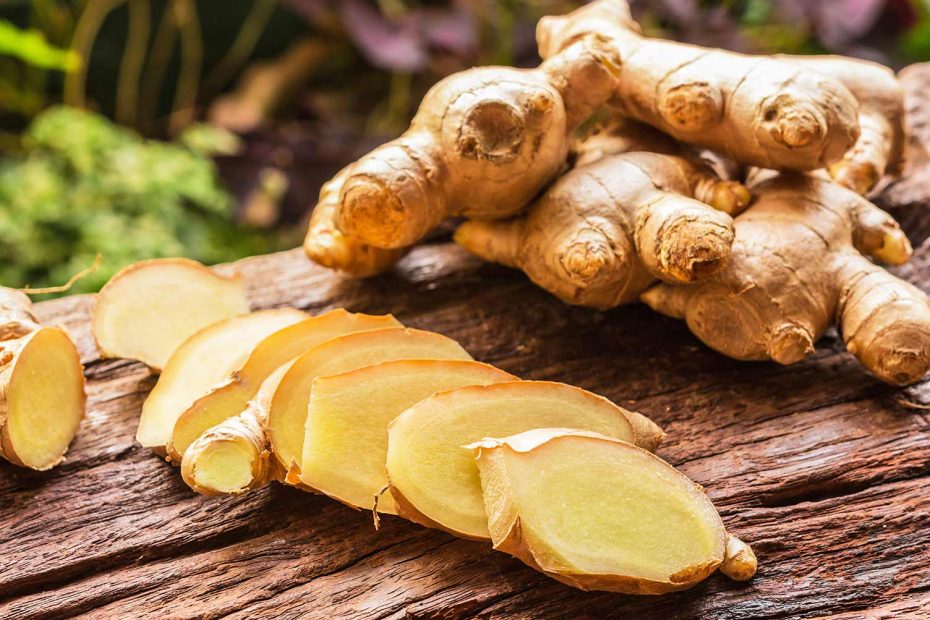Ginger oil is a popular essential oil derived from ginger root that has many health benefits and applications in aromatherapy, massage therapy, and the food and beverage industry. In this article, we will discuss the extraction methods of ginger oil, with a focus on CO2 extraction.
Top 3 Extraction Methods of Ginger Oil
The most common methods of extracting ginger oil are steam distillation, hydro-distillation, and CO2 extraction. Each method has its own advantages and disadvantages.
Steam Distillation
Steam distillation is the traditional method of extracting essential oils from plant materials. In this method, steam is passed through the ginger root, causing the oil-containing glands to burst and release the essential oil. The steam and essential oil are then condensed and separated.
The advantages of steam distillation are that it is a simple and inexpensive method and can produce a high-quality essential oil with a fresh and spicy aroma. However, the yield of essential oil is relatively low, and the process can take a long time.
Hydro-Distillation
Hydro-distillation is a method of extracting essential oils using boiling water. In this method, the ginger root is boiled in water, and the steam and essential oil produced are condensed and separated.
The advantages of hydro-distillation are that it is a simple and low-cost method that can produce a high-quality essential oil with a balanced aroma. However, the yield of essential oil is relatively low, and the process can take a long time.
CO2 Extraction
CO2 extraction is a modern and advanced method of extracting essential oils that uses supercritical carbon dioxide as a solvent. In this method, the ginger root is placed in a high-pressure chamber with carbon dioxide. The carbon dioxide becomes supercritical, which means it has the properties of both a gas and a liquid, and can dissolve the essential oil. The essential oil is then separated from the carbon dioxide by reducing the pressure.
The advantages of CO2 extraction are that it is a safe and eco-friendly method that can produce a high-quality essential oil with a high yield. Additionally, it can extract both the volatile and non-volatile components of the ginger root, which can provide a more complete and complex aroma and flavor profile.
CO2 Extraction of Ginger Oil
The CO2 extraction of ginger oil is a complex process that requires careful control of the parameters, including pressure, temperature, and time. The optimal extraction conditions may vary depending on the equipment and the type of ginger root used.
In a study by El Abed and Hanchi (2017), the optimal conditions for CO2 extraction of ginger oil were found to be a pressure of 20 MPa, a temperature of 45°C, and an extraction time of 120 min. Under these conditions, the yield of ginger oil was 2.9%.
Effects of CO2 Extraction Parameters on the Yield of Ginger Oil
| Pressure (MPa) | Temperature (°C) | Extraction Time (min) | Yield of Ginger Oil (%) |
|---|---|---|---|
| 15 | 40 | 60 | 2.2 |
| 20 | 45 | 120 | 2.9 |
| 25 | 50 | 180 | 2.7 |
| 30 | 55 | 240 | 2.5 |
In addition to the optimal conditions, the quality of the ginger oil obtained by CO2 extraction can also be affected by the freshness, maturity, and origin of the ginger root. It is important to select high-quality raw materials and carefully control the process to ensure the purity and stability of the essential oil.
Benefits and Applications of Ginger Oil
- Relieves pain and inflammation
- Enhances digestion and relieves nausea
- Boosts immune system and fights infections
- Improves respiratory function and relieves coughs and colds
- Stimulates circulation and relieves muscle tension
- Reduces stress and promotes relaxation
- Used in aromatherapy, massage therapy, and the food and beverage industry
Conclusion
Ginger oil is a valuable and versatile essential oil that has many health benefits and applications. The extraction methods of ginger oil include steam distillation, hydro-distillation, and CO2 extraction. Among them, CO2 extraction is the most advanced and efficient method that can produce a high-quality and complex essential oil. The CO2 extraction of ginger oil requires careful control of the parameters and selection of high-quality raw materials to ensure the purity and stability of the final product.
Ginger essential oil
The ginger oil and oleoresin obtained from supercritical fluid extraction of Zingiber officinale. Solvent free pesticide-tested and certified organic high-grade quality.
It has a special smell and spicy taste. It has the characteristic aroma of ginger.

Color
BPale yellow to yellow liquid.
Physical properties
Density is 0.877-0.888.
Refractive index is 1.488-1.494 (20°C).
Optical rotation -28°–45°C.
Soap value is ≤20.
Insoluble in water, glycerin and ethylene glycol. Soluble in ethanol, ether, chloroform, mineral oil and most animal and vegetable oils.
Method of extracting ginger oil
Main ingredients
Gingerenone, singolene, gingerene, phellandrene, farnesene, eucalyptol, borneol, bornyl acetate, geraniol, linalool, nonanal, decanal, etc.
Traits
The color changes from light yellow to darker to yellowish brown, and it will become thicker after long-term storage. The relative density is 0.870~0.882, and the refractive index (20℃) is 1.488~1.494. It smells like fresh ginger and has a spicy taste. Soluble in most non-volatile oils and mineral oils, insoluble in glycerin and propylene glycol, has a certain antioxidant effect
Aroma
Ginger oil has the characteristic sweet smell of strong ginger slices after baking.
Fragrance
The characteristic spiciness of ginger
Product Features
- Natural and pure, with complete flavor. It has exactly the same aroma and flavor as ginger, and has a higher concentration, which is convenient to use;
- The fragrance is stable and the fragrance lasts for a long time;
Is it safe?
Ginger has been used for at least 2500 years in China, India and Tibet as an anti-inflammatory for arthritic pain apparently without cause for concern. The US Food and Drug Administration lists ginger as ‘generally regarded as safe’.
Application of ginger oil
- Used in health products for its anti-inflammatory and antioxidative properties (alleviates also nausea and digestion disorders) and food products whenever high pungency is required.
- In addition to its medicinal purposes, ginger oil can also be used as a seasoning in hot stir-frying, cold mixing and various foods;
- It is used for health care and has the functions of appetizing, keeping cold and sterilizing. It can also be used as a flavoring agent for wines and cosmetics.
Ginger

Ginger, the underground stem (rhizome) of the plant Zingiber officinale has been used by Indian, Arabic and Asian herbalists in medicines since centuries.

In India, China and tibet ginger has been used to aid digestion, stomach upsets, diarrhea and nausea for thousand of years.
Ginger is used to treat arthritis and heart conditions. Besides the medicinal uses, ginger is an important cooking spice all over the world and is believed to cure headaches, common cold and in painful menstrual periods.
Ginger root is widely used as a digestive aid for mild stomach upsets and is normally recommended by herbalists to aid in vomiting induced by travel.
